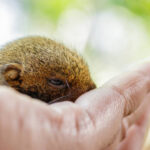
Importance of attracting green finches to your garden
Greenfinches play a vital role in maintaining the balance of nature within your garden. By attracting these beautiful birds, you contribute to the overall biodiversity and create a harmonious ecosystem. Greenfinches add color and charm to your surroundings while offering numerous benefits.
B. Benefits of having green finches in your garden ecosystem
Having green finches in your garden provides several advantages. These birds act as natural pest controllers by feeding on insects, caterpillars, and spiders. By reducing populations of potential garden pests, green finches help maintain a healthy and thriving garden without the need for harmful chemical interventions. Additionally, green finches are avid seed eaters, aiding in the dispersal of various plants and contributing to the regeneration of vegetation. Their presence brings balance and vitality to your garden ecosystem.
II. Understand the Green Finch
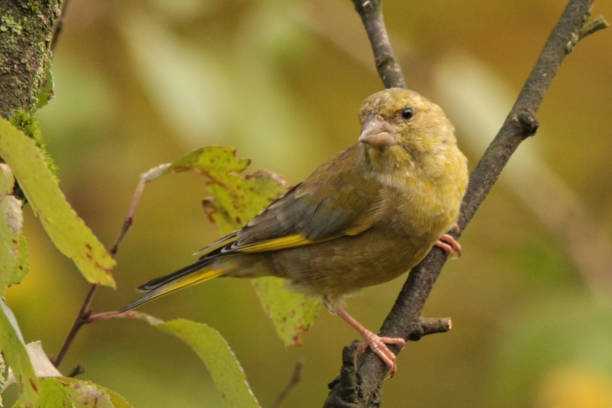
A. Physical characteristics of green finches
Green finches (Chloris chloris) are medium-sized passerine birds known for their vibrant green plumage. The males exhibit more prominent coloring, while females have more subdued hues for better camouflage during nesting. With their stout beaks, green finches can crack open seeds, and their wings display flashes of yellow during flight.
B. Behavioral patterns and preferences
Green finches are social birds that thrive in flocks. They primarily feed on seeds and berries found in their natural habitats. Green finches have a particular affinity for the seeds from native trees and shrubs such as birch, alder, and hawthorn. Additionally, they enjoy sunflower seeds, nyjer seeds, and other small grains provided in bird feeders. Known for their melodious songs, green finches use vocalizations for communication and courtship displays.
III. Create a Suitable Habitat
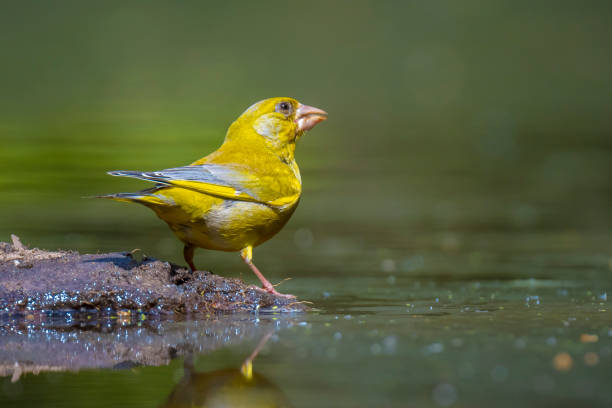
A. Provide natural food sources
To attract green finches, it is essential to provide a variety of natural food sources. Planting native trees and shrubs that produce seeds and berries will entice these birds to visit your garden. Species like holly, elderberry, and teasel offer a rich source of food. Additionally, installing bird feeders with appropriate food, such as sunflower seeds or nyjer seeds, will supplement their diet.
B. Offer fresh water
Green finches require access to clean and fresh water for drinking and bathing. Installing a birdbath or a shallow dish of water will provide them with a vital resource. Regularly cleaning and refilling the water source ensures its hygiene and attractiveness to green finches.
C. Provide shelter and nesting options
Green finches seek shelter and secure nesting sites. Planting dense hedges or evergreen trees around your garden can offer them cover from predators and adverse weather conditions. Consider installing bird boxes or nesting baskets in suitable locations to provide safe nesting options for these birds.
IV. Landscaping for Green Finches
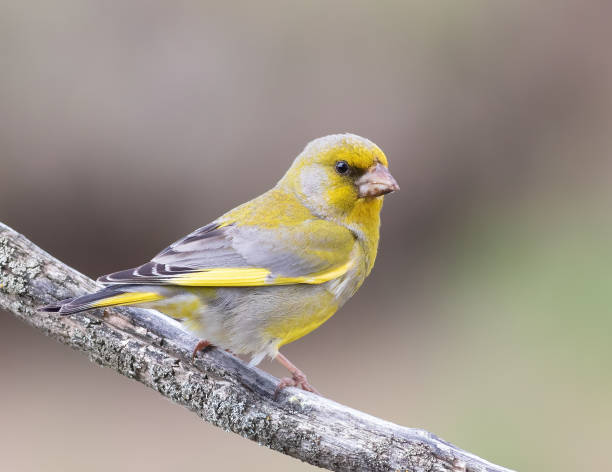
A. Choose the right plants
Selecting the right plants in your garden significantly influences the presence of green finches. Opt for native flowering plants that attract insects, as they serve as a crucial food source for the birds. Including plants with different blooming periods ensures a continuous supply of insects throughout the seasons, attracting and sustaining green finch populations.
B. Avoid pesticides and herbicides
Creating a bird-friendly environment involves avoiding the use of pesticides and herbicides. These chemicals can be harmful to green finches and other bird species. Embrace organic gardening methods that rely on natural pest control and promote a healthy ecosystem.
V. Maintenance and Care
A. Regularly clean and refill bird feeders
To keep green finches returning to your garden, it is important to maintain clean and well-stocked bird feeders.
Regularly clean the feeders to prevent the spread of diseases and refill them with fresh seeds regularly.
B. Provide fresh water and keep it clean
Ensure that the water source, such as a birdbath, is regularly cleaned and refilled. Stagnant water can attract mosquitoes and become a breeding ground for harmful bacteria. Fresh, clean water will attract more green finches and contribute to their well-being.
C. Prune trees and shrubs as needed for better nesting and foraging areas
Periodically pruning trees and shrubs in your garden can create a more suitable habitat for green finches. Trimming overgrown branches and removing dead foliage allows for better nesting sites and improves the accessibility of food sources.
D. Remove any potential hazards or dangers for the birds
Regularly inspect your garden for potential hazards that could harm green finches or other bird species. Remove items such as sharp objects, netting, or toxic plants that may pose risks to their safety.
VI. Observing and Enjoying Green Finches

A. Set up observation spots
To maximize your enjoyment of green finches, set up observation spots near bird feeders and birdbaths. Place them near windows or install comfortable seating areas where you can watch the birds’ activities without disturbing them.
B. Keep a journal or record of bird sightings
Maintaining a journal or record of bird sightings can be a rewarding experience. Note the different behaviors and interactions of green finches, including their feeding habits, courtship displays, and flock dynamics. By tracking any changes in population or feeding habits, you can contribute valuable information to bird conservation efforts.
VII. Spreading the Word
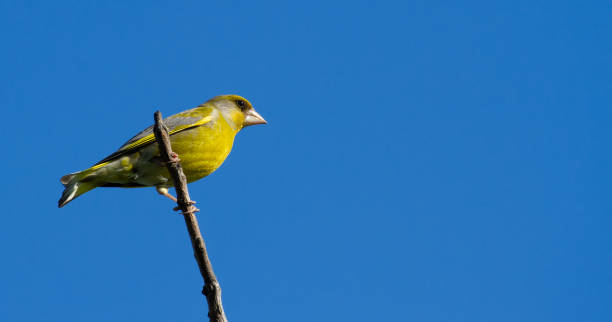
A. Share your experiences with friends and neighbors
Share your experiences of attracting green finches to your garden with friends and neighbors. Discuss the benefits of creating bird-friendly environments and inspire others to take similar steps in their own gardens.
B. Encourage others to create bird-friendly gardens
Educate others about the importance of creating bird-friendly gardens and encourage them to implement similar practices. By collectively fostering a bird-friendly community, you can contribute to the conservation of green finches and other bird species.
C. Participate in local bird-watching and conservation groups
Get involved in local bird-watching and conservation groups to connect with like-minded individuals. By participating in these groups, you can learn more about green finches, contribute to conservation efforts, and raise awareness about the importance of preserving bird habitats.
VIII. Conclusion
A. Recap the importance of attracting green finches
Attracting green finches to your garden is not only a delightful experience but also crucial for maintaining a healthy and balanced ecosystem. These birds play a significant role in controlling pests and aiding in the dispersal of plants, contributing to the overall well-being of your garden.
B. Highlight the joy and satisfaction of having green finches in your garden
Having green finches in your garden brings a sense of joy and fulfillment. Their vibrant colors, melodious songs, and lively presence add beauty and wonder to your outdoor space. Observing their behaviors and interactions can be a source of endless fascination and appreciation for the wonders of nature.
C. Encourage others to take steps to create bird-friendly environments
By sharing your knowledge and experiences, you can inspire others to create bird-friendly environments in their gardens. Encouraging the conservation of green finches and other bird species helps protect biodiversity and promotes a deeper connection with nature. Together, we can make a positive impact on the well-being of our feathered friends and the ecosystems they inhabit.

